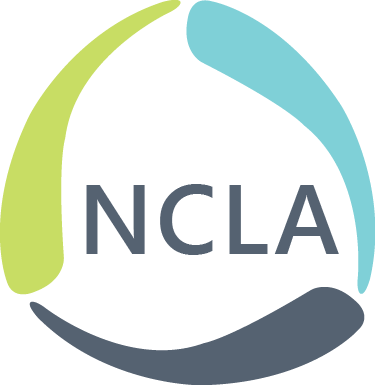Lucidchart is a web-based diagramming software, compatible with most web browsers (Google Chrome, Firefox, Safari, Internet Explorer, etc.) that allows users to collaborate in real-time to create flow charts, organizational charts, mind maps, floor plans, Venn diagrams and many other diagram types.





For all educational users (both K-12 and higher education), Lucidchart provides free premium accounts. Students and faculty can sign up individually for accounts with their .edu email address.
Users are able to create documents from a template or create custom diagrams from scratch. To begin, users just need to click on the “+ document” button:

In order to draw objects and lines; the user just needs to “select a shape” from the shape toolbox and drag it onto the page. To draw a line, “click on the line connection of the shape” and drag the line to another shape.

To format a line, select a line and choose a line formatting option, such as line type, style and arrow type.

There is also an option to insert an image, if you would like.
LucidChart also lets you import (to Visio, Gliffy, OmniGraffley, adn AWS files) and export your diagrams easily as PDF, PNG, JPEG, VDX, or SVG files. Alternatively, you can also share files and folders for real-time collaboration.
Even if I came across this tool by accident, I’m so glad that I did – as it has come in handy for several projects. I’ve used LucidChart to create flow charts when planning online tutorials with multiple modules. As it allows you to lay out the module step-by-step with goals, objectives, and activities. Additionally, I imagine that the flow chart would be useful in describing the project to other team members, such as programmers should you need their assistance in building the online module. Next, I plan to use LucidChart to create a Gnatt chart to visually diagram a project timeline.

